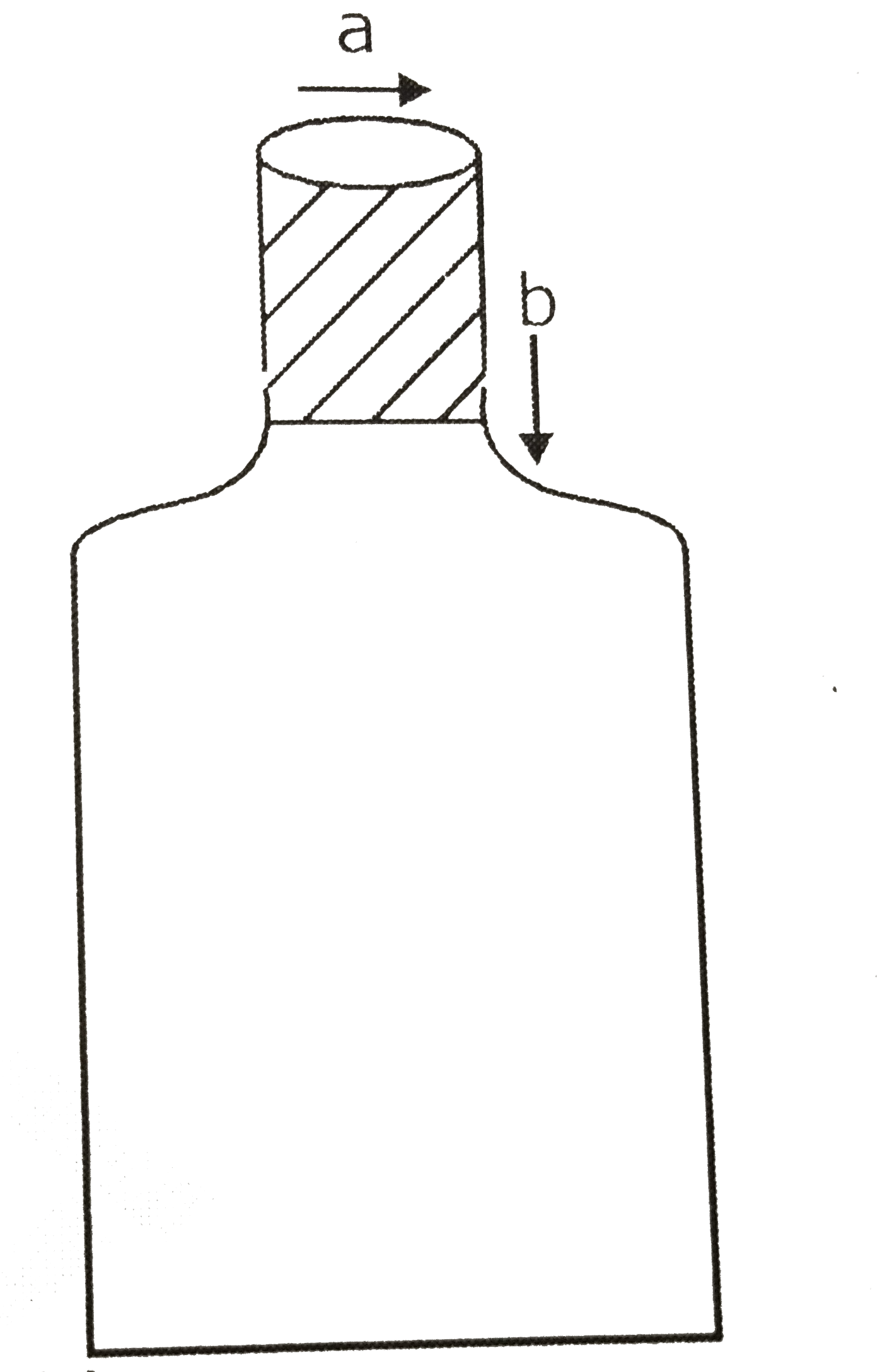The common bottle cork is a product of:
Vascular Cambium
Dermatogen
Phellogen
Xylem
The correct Answer is:C
Step-by-Step Solution:
1. Understanding the Composition of Cork:
- The common bottle cork is primarily made up of dead, compact cells. These cells are specifically designed to provide a protective layer.
2. Identifying the Material:
- The main component of these cork cells is a substance called "suberin," which is found in the cell walls of cork cells. This makes the cork tough and resistant to water.
3. Recognizing the Source of Cork:
- Cork is produced by a specific type of meristematic tissue known as "phellogen" or cork cambium. This tissue is located in the bark of the plant and is responsible for the formation of cork cells.
4. Eliminating Incorrect Options:
- The question provides multiple options, including:
- Vascular cambium (which produces xylem and phloem)
- Dermatogen (which is involved in the formation of the epidermis)
- Phellogen (the correct answer, as it produces cork)
- Xylem (which is responsible for water conduction)
- Based on the functions of these tissues, we can eliminate vascular cambium, dermatogen, and xylem as they do not produce cork.
5. Conclusion:
- Therefore, the common bottle cork is a product of "phellogen."
Final Answer:
The common bottle cork is a product of phellogen (cork cambium).
---
- The common bottle cork is primarily made up of dead, compact cells. These cells are specifically designed to provide a protective layer.
- The main component of these cork cells is a substance called "suberin," which is found in the cell walls of cork cells. This makes the cork tough and resistant to water.
- Cork is produced by a specific type of meristematic tissue known as "phellogen" or cork cambium. This tissue is located in the bark of the plant and is responsible for the formation of cork cells.
- The question provides multiple options, including:
- Vascular cambium (which produces xylem and phloem)
- Dermatogen (which is involved in the formation of the epidermis)
- Phellogen (the correct answer, as it produces cork)
- Xylem (which is responsible for water conduction)
- Based on the functions of these tissues, we can eliminate vascular cambium, dermatogen, and xylem as they do not produce cork.
- Therefore, the common bottle cork is a product of "phellogen."
The common bottle cork is a product of phellogen (cork cambium).
Topper's Solved these Questions
Similar Questions
Opening champagne. In a bottle of champagne, the pocket of gas (primarily carbon dioxide) between the liquid and the cork is al pressure of pi = 4.00 atm. When the cork is pulled from the bottle, the gas undergoes an adiabatic expansion until its pressure matches the ambient air pressure of 1.00 atm. Assume that the ratio of the molar specific heats is γ= 4/3. If the gas has initial temperature T=5.00∘C, what is its temperature at the end of the adiabatic expansion?
View SolutionA bottle has an opening of radius a and length b. A cork of length b and radius (a+ΔA) is compressed to fit into the opening completely (See figure). If the bulk modulus of cork is B and frictional coefficient between the bottle and cork is ? then the force needed to push the cork into the bottle is :

View Solution
Knowledge Check
The cambium which produces cork is known as
Or
The common bottle cork is a porduct of
Or
The meristem that is parallel to the longitudinal axis of the plant isAPhellodermBPhellogenCPeriblemDPeridermIdentify the correct statement(s) from the following.
I. The bottle cork is prepared from cork of Quecrcus suber.
II. Cedrus deodara is the most durable wood.
III. Wood without vessels is called heteroxylous and wood with vessels is called homoxylous.
IV. Heartwood is absent in Populus and Salix.AOnly IBII and IIICIII, IV and IDI, II and IVcork/bottle cork is formed from
Acork cambium ( phellogon)Bvascular cambiumCphloemDxylem
